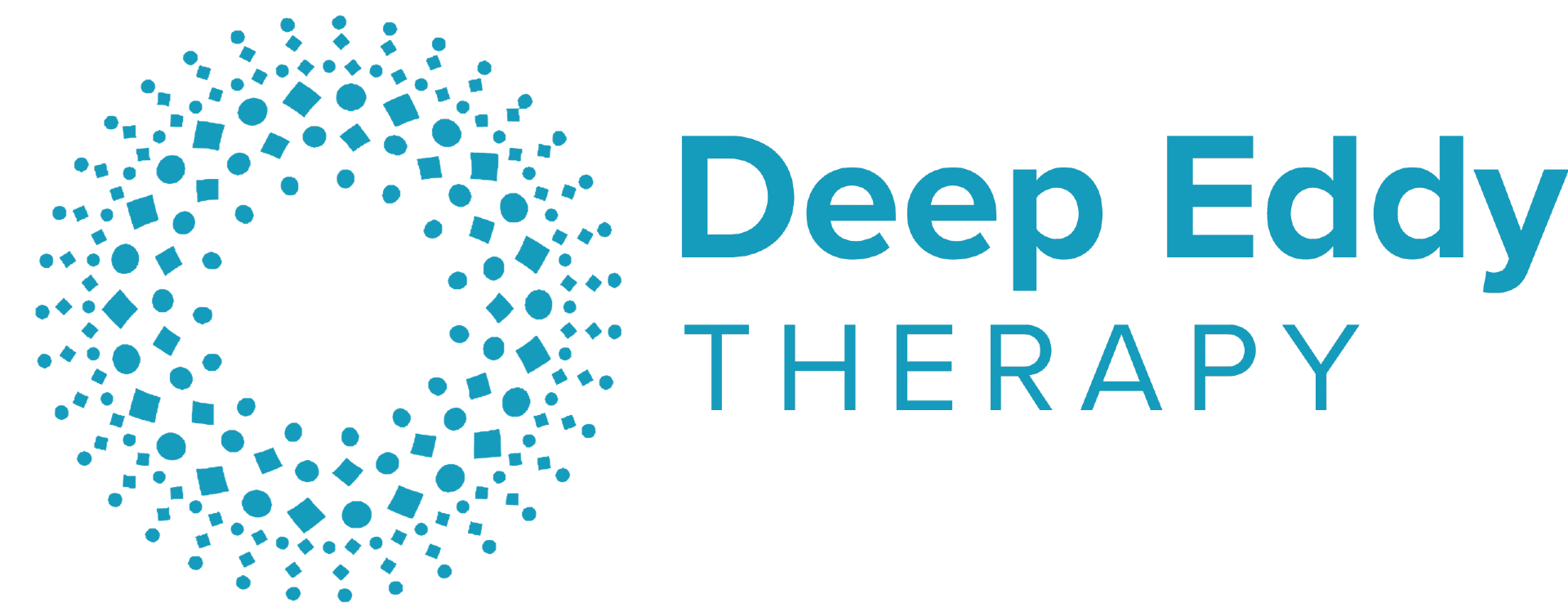Article by: McKenna Hereford, PhD
It’s Disability Pride Month!
Although not nationally recognized, July has become pride month for the community, where parades are held throughout the country. The month of July was chosen due to the Americans with Disabilities Act being signed on July 26, 1990. This was a life-changing law that prohibited discrimination against people with disabilities. Throughout July, you might see posts on social media, parades, or articles discussing disability. In fact, some argue that disability equity is still left behind on the main stage when discussing marginalized groups, particularly when intersectionality is involved. Disability pride month is designated to celebrate the uniqueness of disability and the community at large!
To start, what is a disability? According to the CDC, a disability is:
- any condition of the body or mind (impairment) that makes it more difficult for the person with the condition to do certain activities (activity limitation) and interact with the world around them (participation restrictions)
This impacts a significant number of people directly! Current rates show that 26% of people in the US have disabilities, including 13% who experience disabilities related to mobility. Some examples of disabilities include intellectual disability, visual impairment, muscular dystrophy, autism spectrum disorder, and many more. As you can imagine, there is a wide variety of experiences and ways that these disabilities may appear in everyday life. For example, some people were born with disabilities while others have acquired disabilities where it appears at some point in life after birth. Someone experiencing a traumatic brain injury after a car accident likely has different experiences than someone born with Down Syndrome.
The ADA was signed in order to prevent discrimination in the workplace due to disabilities across the entire spectrum. Currently, workplaces are required to provide what are considered reasonable accommodations for the job to address barriers. Here are just a few examples of accommodations:
- Alternate work hours
- Standing desk
- Remote work
- Reserved parking closer to building
- Additional resting periods
- Screen-reading software
Before the ADA was signed, employers could discriminate against people with disabilities, and, as you can see now, that is a large number of people. However, we still have a long way to go regarding ableism, or a set of beliefs, practices, or exclusion of those with disabilities directly or systemically. And ableism doesn’t have to mean overt and hostile behavior (although that is certainly ableism as well), such as harassment or assault. Ableism can appear insidiously, such as forgetting to install automated doors or alt text/captions on social media posts.
Even with ADA in place, workplaces can still deny reasonable accommodation requests including due to “undue hardship” on the employer.
Other examples of ableism:
- Inadequate access to healthcare
- Healthcare provider bias
- Housing discrimination
- Assuming lack of intelligence with ability status
- Lack of consideration for mobility
- Assuming lack of ability to care for oneself
These are only a few examples of ableism that can occur systemically or interpersonally. Systemic ableism refers to lack of accommodation or consideration in various systems that disabled people might interact with regularly, such as healthcare or housing. Despite some people requiring a higher level of care, one in three disabled people do not have a primary doctor in the United States. Another example is accommodations for mobility in buildings that legally are required to provide access points, such as ramps or elevators. However, many buildings in the US still do not provide adequate access to navigate if you have mobility considerations. Interpersonal ableism directly occurs between people, including assaults or slurs as referenced earlier. Interpersonal ableism or direct ableism can also include the lack of consideration of those around you with disabilities. Ableism includes a wide range of beliefs and behaviors especially because disabilities represent a range of experiences.
Person First vs. Identity First Language
A hot debate recently has been what’s called person-first or identity-first language when referring to disabilities. Historically, people with disabilities have been called slurs or reduced to their disabilities when discussed in conversation. This led to people pushing for person-first language (“people with disabilities”, “person with autism”, etc.) to be considerate of the complexity of each person. The idea for person-first language is that the person has a disability and that disability is one facet of their life. Recently, though, many in the disability community have adopted identity-first language (“autistic person”, “disabled person”, etc.) as a way to reclaim power. Some point out that the disability is not the problem and shouldn’t be avoided; the cultural biases against disabilities cause many issues. Disabled people may also consider their disabilities as an important aspect of their lives and another reason to support identity-first language. Some communities support identity-first language, such as the autistic community, while others may support person-first language, such as people with Down Syndrome. Often, people look for quick and easy rules for language to avoid offending anyone. In this case, it really depends on each person’s preference in the disability community.
Basically, this month we should consider how we neglect disabilities, our own biases, and lack of awareness. Here are some considerations to help:
- Asking people if they prefer identity-first or person-first language
- Consider your own biases surrounding various disabilities, including the lack of conscious consideration
- Follow social media accounts run by disabled people to hear their lived experiences
- Look into various state and federal laws that directly affect disabled people in a unique way
- Share your newly found knowledge with others!

